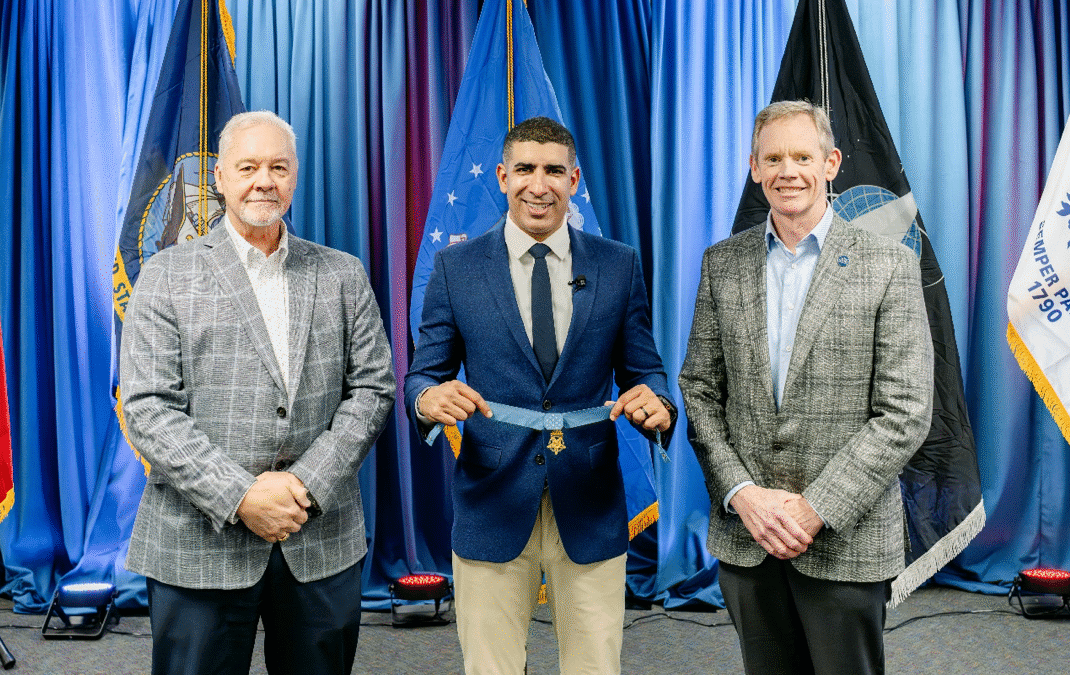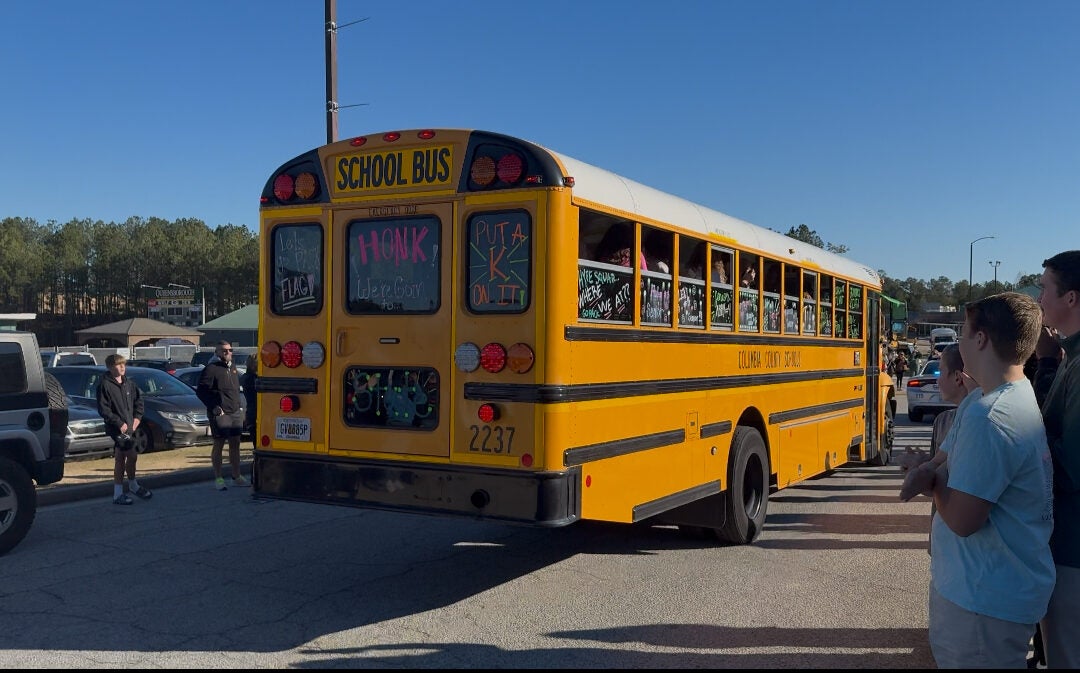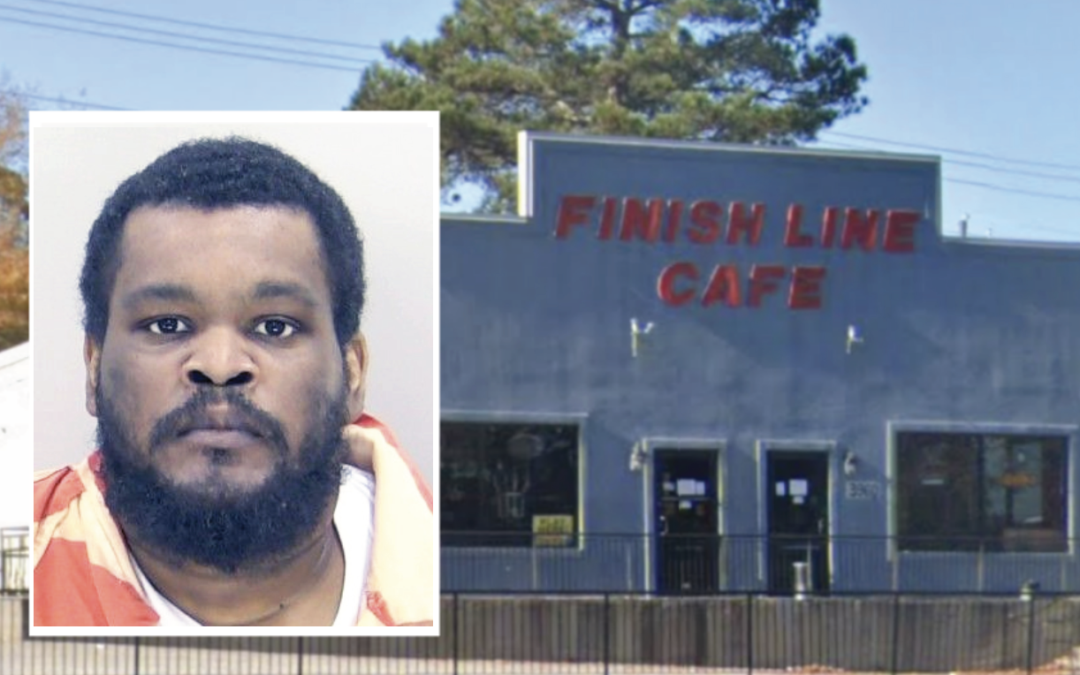History shows that most of Adolph Hitler’s original ideas involved only conquest, war and genocide; when it came to things that would benefit people, his ideas were largely stolen from others.
The Nazi people’s car, or Volkswagen, is but one example.
According to the Holocaust Encyclopedia, Hitler swiped a drawing of a car Ferdinand Porsche had penned before the Nazis came to power and claimed it as his own. Porche actually drew up the aerodynamic design for his prototype way before Chrysler unveiled its state-of-the-art Airflow car in America in 1934.
A wise man, Porsche kept his mouth shut about the intellectual theft and went along with his Fuhrer.
The high-ranking Nazis, Hitler included, were obsessed with automobiles. According to the Toronto Globe and Mail, the fledgling nationalist party scraped up the money in 1924 to purchase a Grosser Mercedes for their leader after Hitler was released from prison where he served nine months for treason.
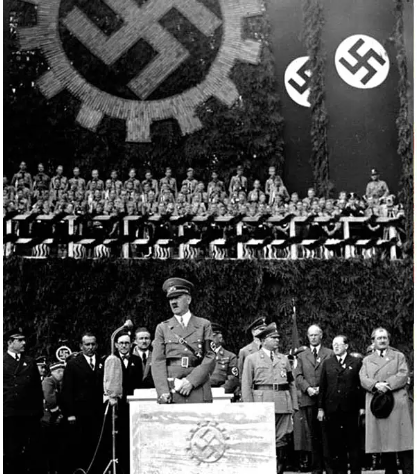
However, Hitler refused to learn how to drive and reasoned that if he was important enough to have a car, he was also important enough to have his own driver.
Automobiles became very important for the Nazis as the party grew towards the ultimate takeover of Germany. Every parade and rally included a tightly choreographed motorcade with Hitler at the helm giving the infamous Nazi salute.
Once in power, Hitler and his cronies continually promised Germans a chicken in every pot and a car in every driveway at a time when a simple loaf of bread cost an entire basket of Deutsche Mark notes.
Nazi Propaganda Minister Joseph Goebbels barked the party line from radio loudspeakers proclaiming the new Germany as, “A happy people in a country full of blossoming beauty, traversed by the silver ribbons of wide roads, which are open to the modest car for the small man.”
The famous “autobahn,” which Hitler also claimed as his idea, began in theory in 1913, but World War I and the economic circumstances that followed kept it on the drawing boards until the Nazis came to power.
The autobahn opened in 1935, ostensibly as a civilian infrastructure project; however, the real reason for the roadway was not so a traveling salesman could easily get from Munich to Berlin but, rather, as a means to quickly move tanks and military supplies all over the nation.
Most of the original autobahn survives to this day, a testament to the fact it was designed for heavy vehicles as opposed to passenger cars.
Considering that Hitler did not want his real motivations known, he announced the “people’s car” program through the Kraft durch Freud, or Strength through Joy organization.
An early version of the car was introduced in 1938, and it seemed to be perfect. The car could fit two adults and three children comfortably and cost 999 Reich Marks, or about $325.
While the horsepower was underwhelming, the car was practical, and its rear mounted, air-cooled engine was as bulletproof as the Ford Model T engine and could be easily hoisted out of the bay for repairs.
Yet, there were problems with bringing the car to the mass market. In 1938, Jews and other “non-Aryans” were banned from driving, and most people who still enjoyed full citizenship did not even have the resources for a down payment.
During this time, Hitler’s secret war economy put an emphasis on building tanks, airplanes and submarines; therefore, with factories pumping out war materiels, there was little room to build civilian vehicles.
Hitler solved this problem with a clever ruse. According to Robert Ley, Nazi director of the Strength through Joy organization, Germans would pay in five Reich Marks per month to obtain a stamp that was held in a booklet much like the S & H Stamps that became popular in post-war America.
Citizens dutifully paid for their monthly stamps, but as the war progressed, the Volkwagens being built ultimately were requisitioned for use as staff cars for junior officers.
Ley had been careful in his wording about when the Volkswagen would be available, stating that “regular payment of this amount will guarantee, after a period which is yet to be determined, the acquisition of a Volkswagen. The precise period will be determined upon the beginning of production.”
Once World War II began, Germany stopped production of all civilian cars, but people kept paying in to the scheme.
Ultimately, the Germans did not receive a chicken, a pot, or a car; instead, in 1945, the citizenry of Germany woke up to a defeated and completely obliterated nation.
At first, the Allies cared little for reviving Hitler’s car, and what remained of the factory in Wolfsburg had largely been destroyed and was slated for demolition.
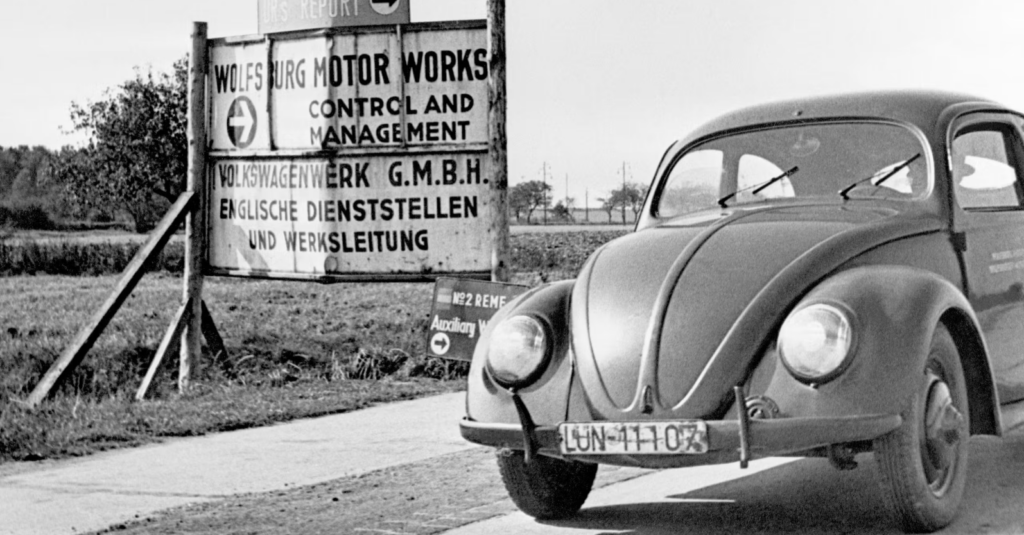
Enter British Major Ivan Hirst, who toured the factory’s bombed out ruins and came up with an idea.
Despite the fact that the Allies had transported thousands of vehicles over the English Channel, there were still bottlenecks, according to Hagerty. Compounding the lack of vehicles, large trucks had trouble navigating through the rubble.
Hirst lobbied for the British government to take over as the trustee of Volkswagen as a means to solve the transportation issues as well as a means to put Germans back to work and get the economy back on track.
By the end of 1945, the British had put in orders for 40,000 vehicles, and Volkswagen was reborn.
In the ensuing decades, Volkswagen would achieve the type of world domination that Hitler could only dream of, and the cute little “Beetle” would go on to become an icon of a rebuilt and peaceful Germany.
Today, some still view the Volkswagen a Nazi creation; but in reality, like so much priceless artwork owned by European Jews and the gold from conquered nation’s treasuries, Hitler did not create the idea of a “people’s car,” he stole it.
See you on the road!
Scott Hudson is the Senior Investigative Reporter and Editorial Page Editor for The Augusta Press. Reach him at scott@theaugustapress.com








